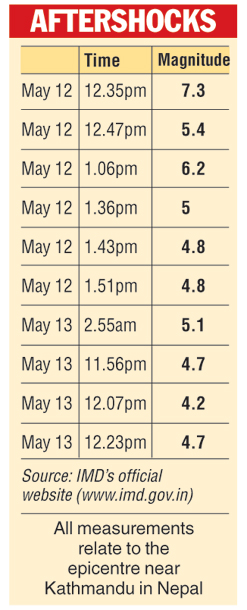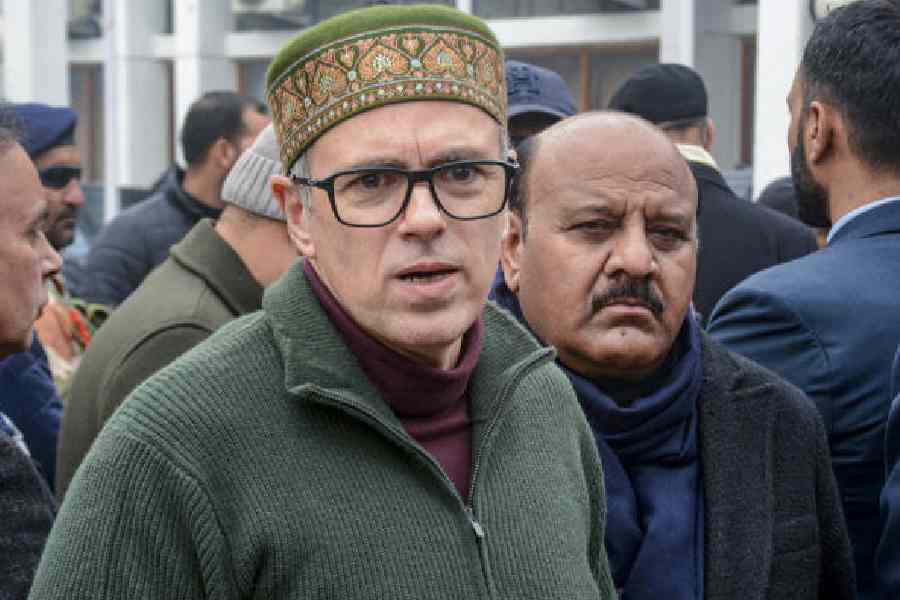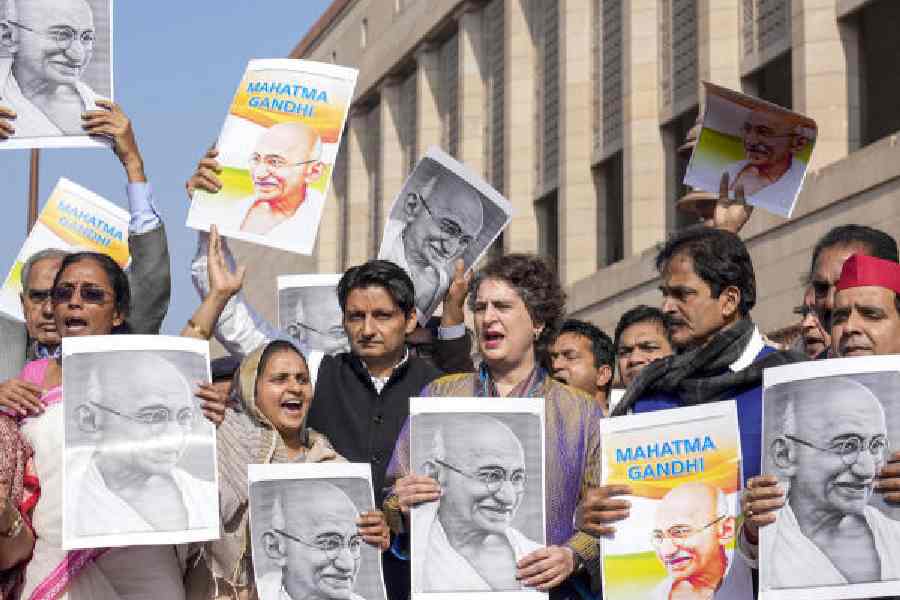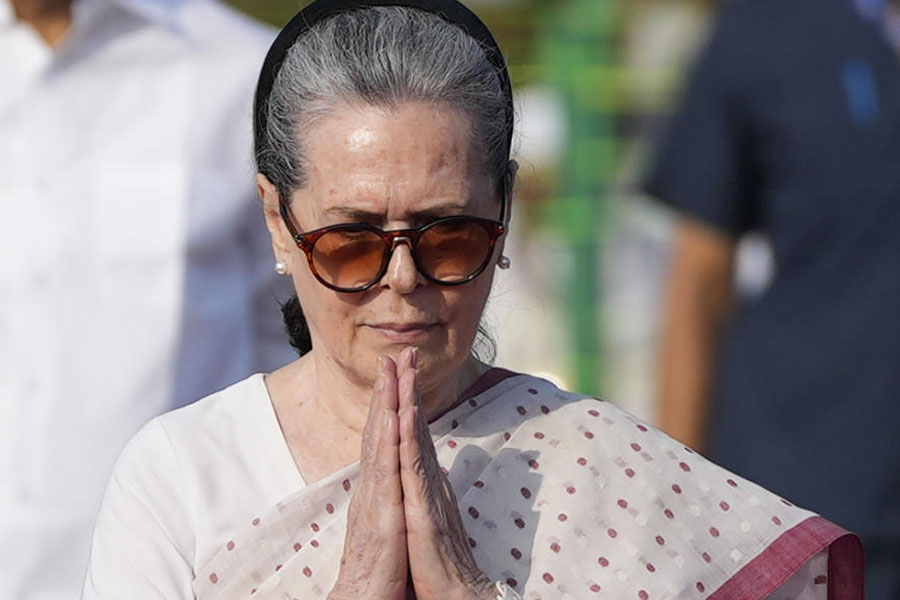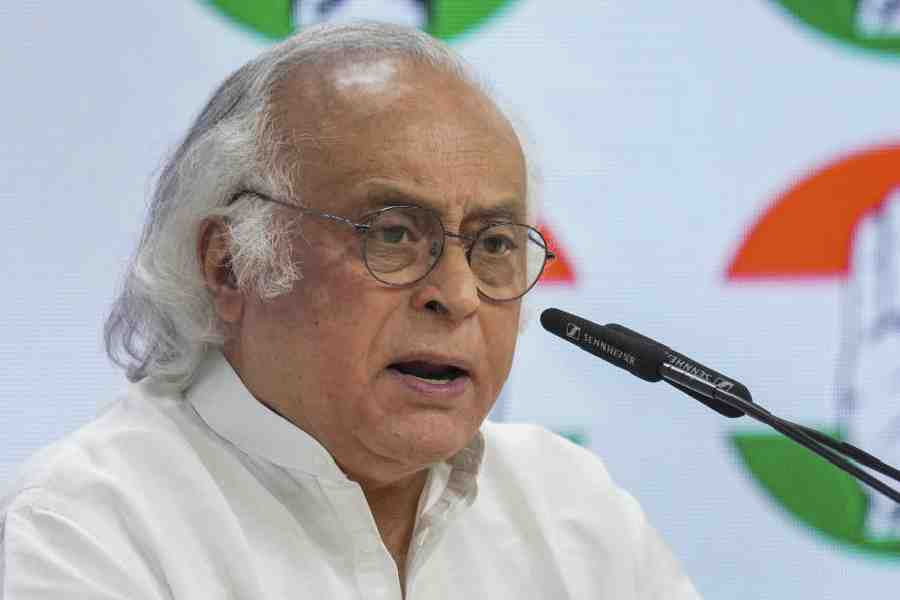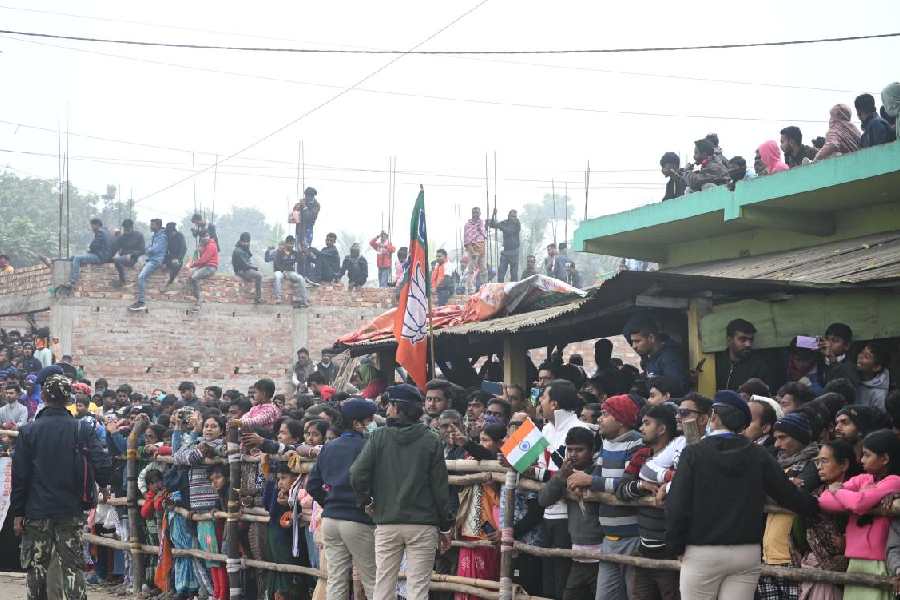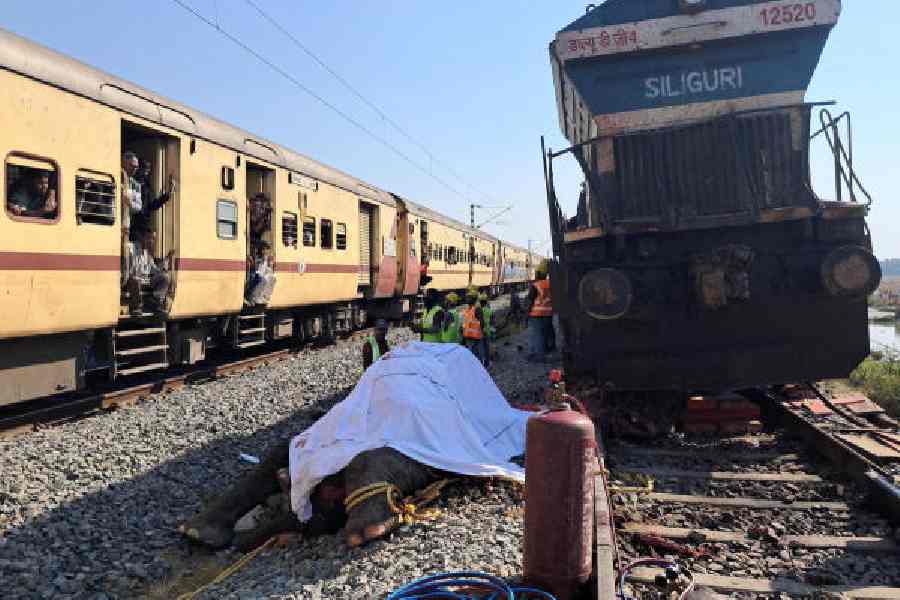The city shook twice within half-an-hour on Wednesday under the impact of two aftershocks of magnitude 4.7 on the Richter scale.
The first shake was felt around 11.56am. Another followed at 12.23pm.
 With 34 aftershocks having been recorded in around 24 hours of the Tuesday afternoon's primary quake of magnitude 7.3, India Meteorological Department (IMD) on Wednesday stood by its alert for tremors in the region over the next 24 hours.
With 34 aftershocks having been recorded in around 24 hours of the Tuesday afternoon's primary quake of magnitude 7.3, India Meteorological Department (IMD) on Wednesday stood by its alert for tremors in the region over the next 24 hours.
"The alert for aftershocks in Bihar would be in effect till 1pm on Thursday afternoon. Aftershocks having magnitude over 5 on the Richter scale would only be felt in the state," said Ashish Sen, director, Patna Meteorological Centre.
According to the seismological division of IMD, the earthquake (US Geological Survey claimed it was also an aftershock of the April 25 quake in Nepal) that struck eastern Nepal around 12.35pm on Tuesday with its epicentre 83km east of Kathmandu led to total 27 aftershocks by midnight. Another seven aftershocks were recorded till Wednesday afternoon.
Aftershocks, by definition, are smaller in magnitude than the main earthquake and occur within one fault-rupture length of the initial shock. According to the US Geological Survey (USGS), the Tuesday afternoon's quake was the largest aftershock of the Nepal earthquake on April 25. Known as the Gorkha earthquake, its magnitude was 7.9.
According to USGS, the epicentre of Tuesday's tremor was 185km west of the April 25 quake.
Deliberating on the reason behind such large numbers of aftershocks, Rajesh Prakash, a scientist at the seismology division at IMD's headquarters in New Delhi, told The Telegraph over phone: "The earthquake of magnitude 7.3 is categorised as major and it must have led to displacement of a large number of rocks or plates under the earth's surface. The process of resettlement of these rocks and the corresponding plates is leading to frequent aftershocks. The aftershocks would keep occurring till the energy produced because of the collision of the plates gets completely released. This process can take weeks or even months."
Experts claimed that the biggest aftershock is usually experienced within a few days of the main earthquake. According to a recent study by USGS, the larger the magnitude of an earthquake, the larger and more numerous are the aftershocks, and the longer they continue.
The massive earthquake on April 25 that killed more than 7,500 people in Nepal and devastated its capital Kathmandu was followed by around 95 aftershocks that kept occurring almost every day till May 11. The largest aftershock in the series was 6.9 on April 26.
A source in IMD said almost all the major earthquakes in India and its adjoining regions occur along the Himalayan mountain range. "Earthquakes in the Himalayan region are a common phenomenon because of collision of Indian plates with the Eurasian plates. Northward movement of Indian plate beneath Eurasian plate leads to numerous earthquakes and consequently makes this area one of the most seismically hazardous regions on the earth," said Pradhan Parthasarthy, head, centre for environment sciences, Central University of South Bihar.
Experts claimed that the reason behind tremors being felt in places like Patna, which is around 450km away from the epicentre of the recent quakes near Kathmandu, is sudden release of heavy energy because of the collision of the Indian and Eurasian plates.

